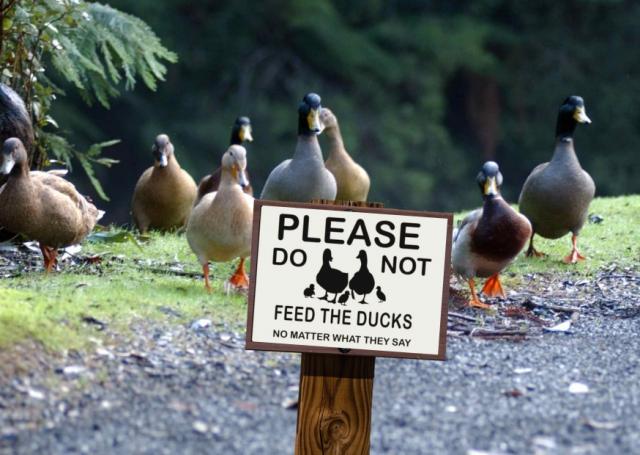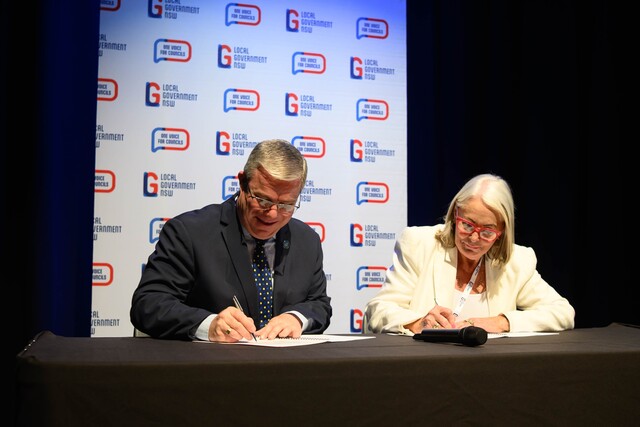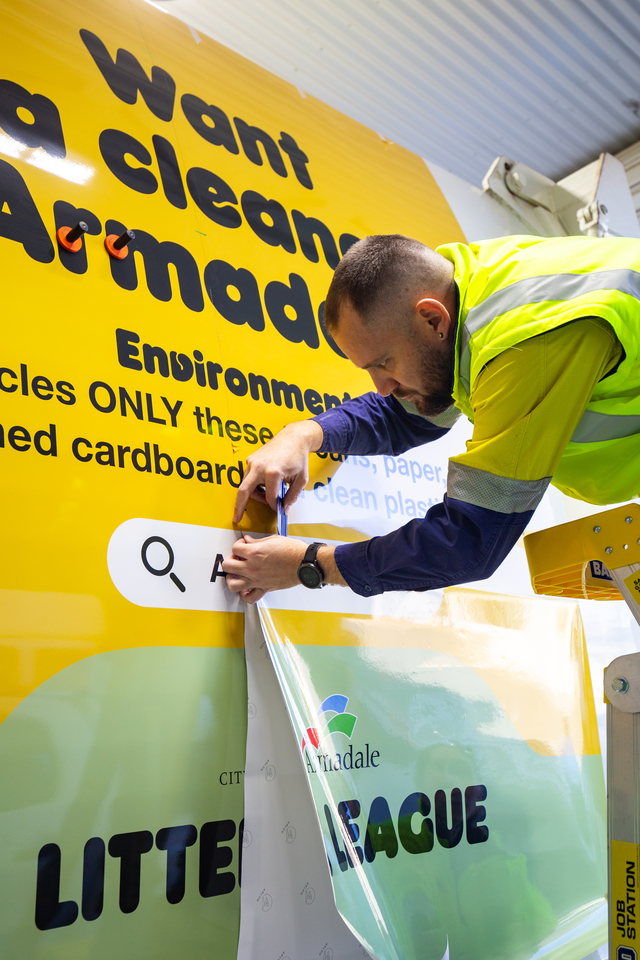Burnie City Council is installing new signs at Romaine Reserve to educate visitors to not feed the ducks. While we may all take great pleasure in feeding the ducks, it is a little-known fact that this type of feeding can cause illness and deformities and increase waterway pollution and nuisance algae. Feeding can also cause less foraging for the duck’s native foods and therefore a dependency on humans.
Tasmania is home to 11 native duck species. Some are full-time residents, others are occasional visitors and can be a challenge to find. Burnie is home to some of the more common native duck species, including the tree nesting Australian wood duck, the elegant Pacific black duck, and the handsome chestnut teal. We are also visited by rarer species like the oddly named hardhead and the tiny grey teal. The best place to go duck watching is Romaine Reserve, but remember, native ducks can be quite shy, so a pair of binoculars is recommended.
The introduced species of duck, the Mallard, are native to the Northern Hemisphere and have been introduced around the world as livestock for their meat and eggs as well as being kept as pets. Being a domestic animal with many different breeds, mallards can look very different from each other. Mallards are bigger and more aggressive than native ducks, and when there is a stable food and water source – bread, lettuce, oats, tubs of water – their numbers can explode.
This is terrible news for our smaller, more timid native ducks. It doesn’t take long for mallards to push out the smaller natives, who can’t compete with the size and numbers of mallard ducks. While some of the mallards in Burnie may be escapees, the majority have been cruelly and illegally dumped. The best thing we can do to protect our native ducks, is to not feed the ducks.
Feeding any kind of food to ducks is harmful. No human food can beat the natural diet of invertebrates and plants that ducks feed on while dabbling or diving, and swapping bread for greens still supports populations of dumped domestic ducks. Even simply putting out a tub of water may seem like a harmless way to help ducks, but the only species who benefit from this are mallards. That is because they prefer to stay in their local area and essentially take it over. Native ducks on the other hand simply fly away if they’re thirsty or hungry.
It’s important to remember that most of the ducks being fed are dumped domestic ducks, and feeding these pets encourages people to continue to dump unwanted or excess ducks. The belief is that most dumpers are leaving ducks in places where there are already ducks being “looked after” by locals. The biggest problem with having lots of domestic mallards in and around Burnie is the threat they pose to the Pacific black duck. Mallards and Pacific black ducks are closely related and can interbreed easily, which results in lots of fertile hybrid offspring.
The simple pleasure of feeding ducks in Burnie is having tragic consequences for our native ducks, and equally this mallard hybridisation (crossbreeding) has resulted in the near extinction of many duck species around the world. The Burnie City Council will be removing these crossbred ducks and introduced Mallards from the Romaine Reserve over the coming weeks.








